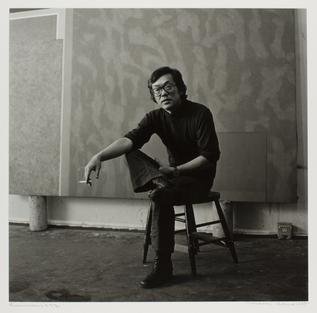After the U.S. Supreme Court ruled in 1944 that “concededly loyal” citizens could no longer be held against their will, it took nearly two years to shut down the approximately 75 incarceration camps and return Japanese American internees to the lives from which they had been forcibly removed. This protracted process marked the end of a tumultuous period in American history that began February 9, 1942, when President Franklin D. Roosevelt issued Executive Order 9066 authorizing the incarceration of some 125,000 Japanese Americans.
The most recent episode of Articulated, a podcast from the Smithsonian Archives of American Art, concludes a two-part examination of how this upheaval is reflected in the work of both the artists who experienced it and some of their next-generation acolytes.
“As camps closed throughout 1945 and 1946, Japanese Americans began their reverse migration back to the lives they had been forced to leave behind,” explains the episode’s host, archivist Rihoko Ueno. “They had lost their homes, jobs, businesses and belongings. Many returned to the West Coast to replant roots after their hardships, while others started anew in different areas of the country. Everyone was forced to start over.”
Frank Okada by Mary Randlett, 1972 Mary Randlett, 1972 via Wikimedia Commons
At the Archives of American Art, Ueno works with a research collection of some 2,500 recorded oral histories of interviews with individuals working in the visual arts, the largest in the world.
ShiPu Wang, from the University of California, Merced, and Kristen Hayashi, a curator at the Japanese American National Museum in Los Angeles, join Ueno in the…
Read the full article here




